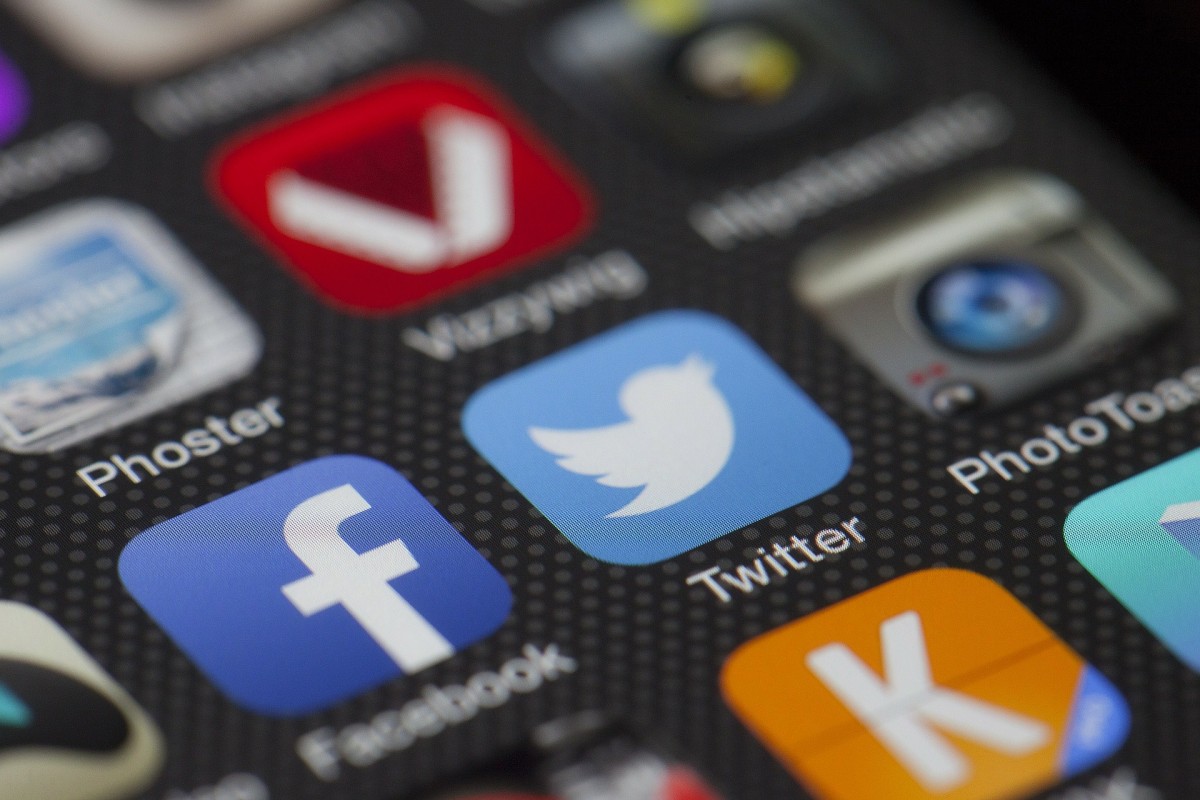 Many of us rely on social media to get climate information. However, because information spreads so easily, misinformation may take hold of us as well.
Many of us rely on social media to get climate information. However, because information spreads so easily, misinformation may take hold of us as well.
Misleading or incorrect information circulated about climate change is called climate misinformation. Social media plays a large part in climate misinformation.
Pinterest, a virtual photo-saving and sharing site, recently promised to prohibit ads and posts on climate change denial or misinformation. This is in response to growing concern about this increasing trend.
The social media company Facebook has acknowledged climate misinformation on its platform and has established a climate science center to provide science-based information to readers.
However, the watchdog group Real Facebook Oversight Board reported that Facebook still fails to identify climate denial posts, especially on foreign language posts. This is a serious oversight because 87% of their misinformation funding is spent to combat misinformation in English language posts - though only 9% of their readers speak English!
Let’s find out more about the issue of climate misinformation, and what can be done to combat it.
How is Climate Misinformation Spread?
 There are multiple ways by which climate misinformation is spread. “Distract and Delay” is a tactic that tries to dismiss the impact of climate change and solutions.
There are multiple ways by which climate misinformation is spread. “Distract and Delay” is a tactic that tries to dismiss the impact of climate change and solutions.
Misinformation is sometimes spread by exploiting a person's bias. A bias causes a person to judge things from a particular point of view. An example of how misinformation exploits bias is through using social bias. Social bias makes it more likely for people to believe information from familiar sources. Cognitive bias increases the chance that people will believe information without confirming its validity and share misinformation easily.
Combining bias with the social media algorithm is a harmful mix. Most social media track user preferences, so the user’s platform will be tailor-made to uphold their beliefs. This means the platform only shows information similar to what the user searched for, instead of challenging their beliefs.
Finally, there is greenwashing, which is misinformation spread by organizations to make themselves look better for the environment than they actually are. Companies in the fossil fuel industry use this method to their advantage. These companies use platforms to publish ads and content that portray them positively or may slander clean energy. The more people react to their content, the more it spreads.
Taking Action
 To minimize misinformation, social media companies can take action by censoring their users. Twitter has changed its algorithm to recommend accurate information sources first. And Twitter’s “Topics” page now includes a climate change topic referring to credible scientific sources.
To minimize misinformation, social media companies can take action by censoring their users. Twitter has changed its algorithm to recommend accurate information sources first. And Twitter’s “Topics” page now includes a climate change topic referring to credible scientific sources.
Google has taken a similar stance as Pinterest, removing ads that supported climate denial. Many publications and ad companies also refuse to work with fossil fuel companies in an effort to reduce greenwashing. Companies are employing a number of creative solutions, like adding topic pages and refusing to work with companies who spread misinformation.
Misinformation on climate change affects all of us. Similarly, people like you and I can also affect it. If you see an informative post online, stop before you share it or take it to heart. Asking for sources, and checking the validity of sources, can debunk many of the false claims spread online.
Sources: NPR, NYTimes, Guardian, NRDC, Aspen Ideas, Global Witness







